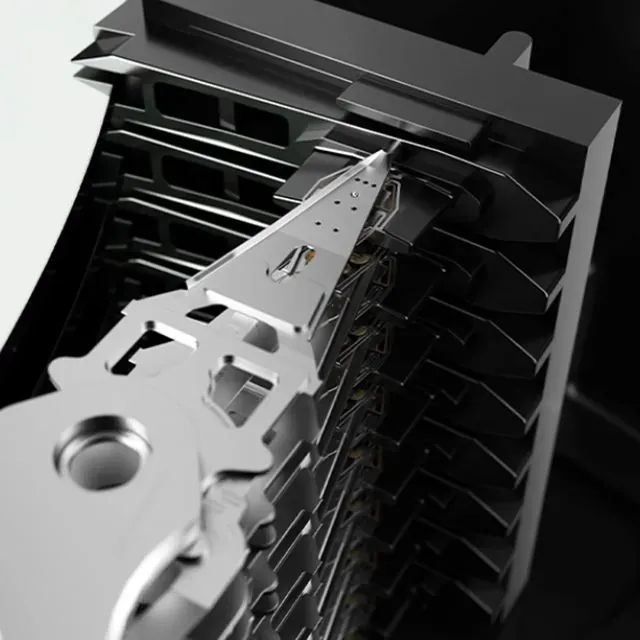Seagate has recently dispelled misconceptions about its heat-assisted magnetic recording (HAMR) technology in a blog post, stating that its reliability is now on par with traditional perpendicular magnetic recording (PMR) hard drives. The company has conducted extensive testing and optimization efforts to validate the durability and longevity of HAMR technology.
Many people have been under the impression that HAMR technology is not yet ready for prime time. However, Seagate has demonstrated through rigorous testing that HAMR drives have a mean time between failures (MTBF) comparable to that of modern PMR drives. In an effort to meet the increasing data storage demands, Seagate has been implementing HAMR and associated technologies to enhance magnetic density, a critical factor in data capacity per disk platter, typically measured in terabytes per disk.
Since 2016, Seagate has been conducting simulated field use tests on its Mozaic 3+ products, gradually optimizing key components. Over the past two years, these efforts have resulted in a 50% improvement in reliability, bringing it to the level of PMR drives. Further testing involved thousands of Mozaic 3+ read/write heads, each demonstrating the capability to reliably transfer data for over 6,000 hours, roughly equivalent to eight months. This translates to each head managing the transfer of approximately 3.2 petabytes of data—more than 20 times the data handling capacity of a typical nearline hard drive.
In conclusion, Seagate’s HAMR technology is now just as reliable as traditional PMR hard drives and can handle even more data than typical nearline hard drives. The company’s extensive testing and optimization efforts have validated the durability and longevity of HAMR technology and will undoubtedly continue to support increasing data storage demands in the future.


:quality(75)/cloudfront-us-east-1.images.arcpublishing.com/elcomercio/MKSMFC5FHRGSDNFHB37JUVJEMM.png)